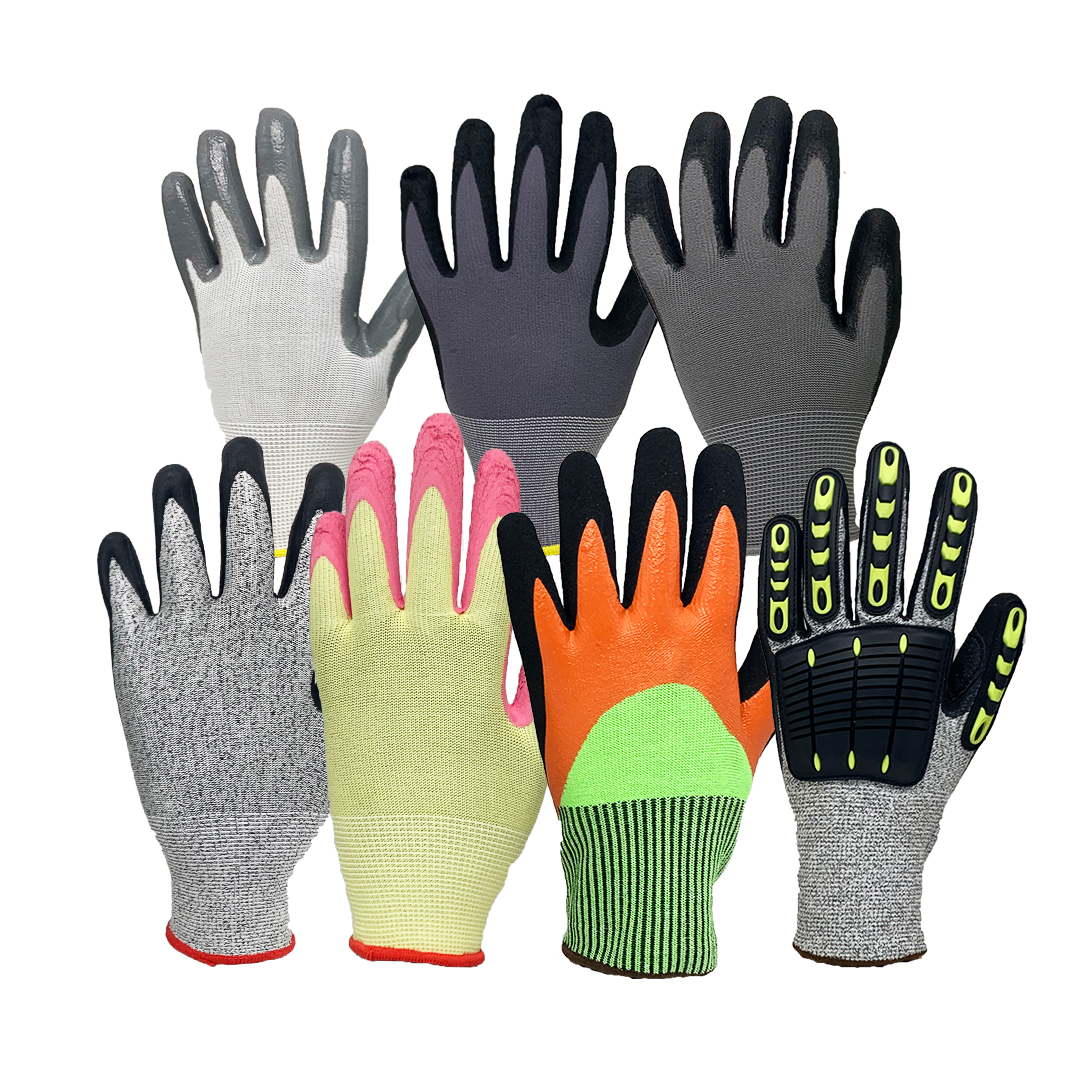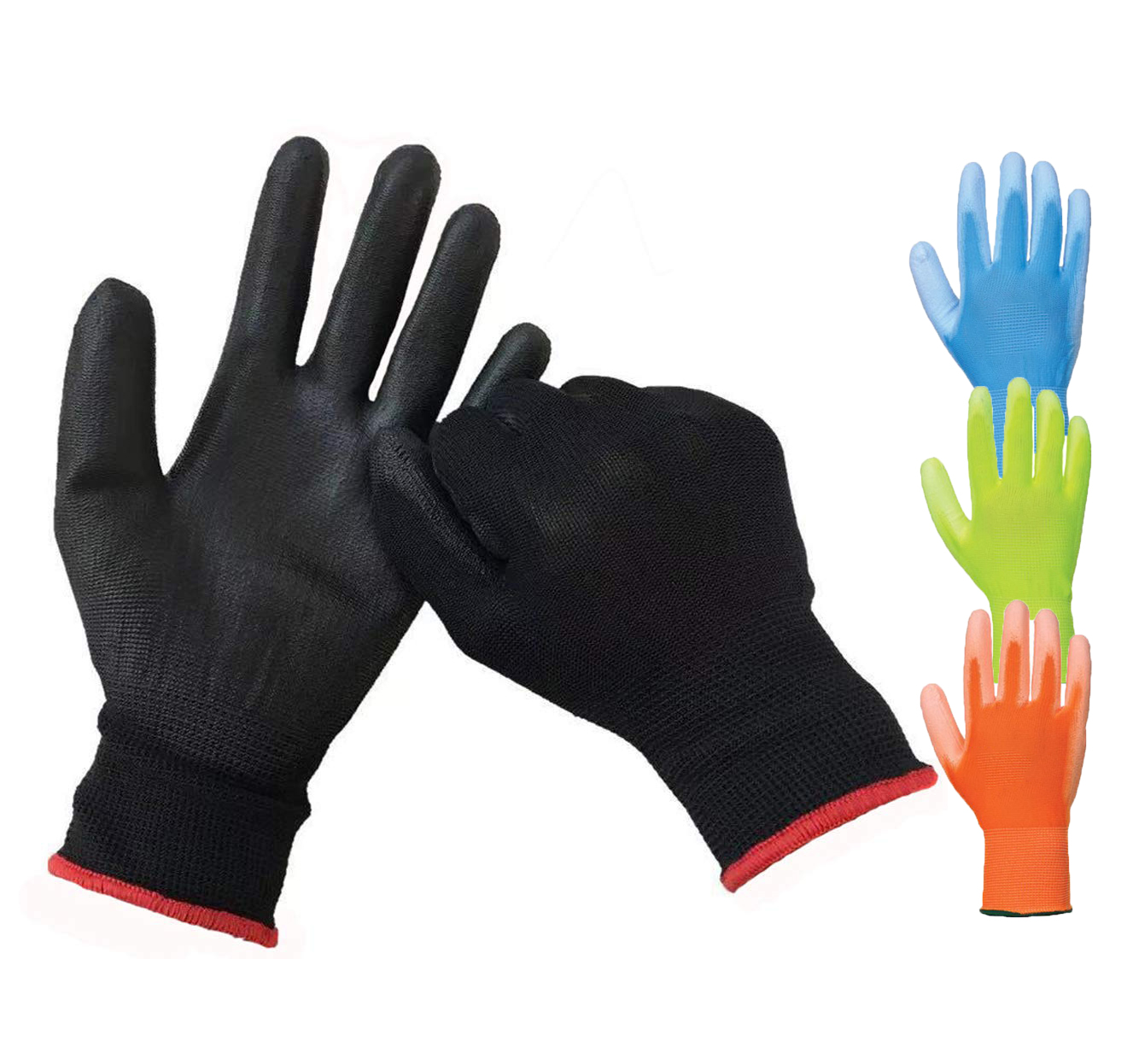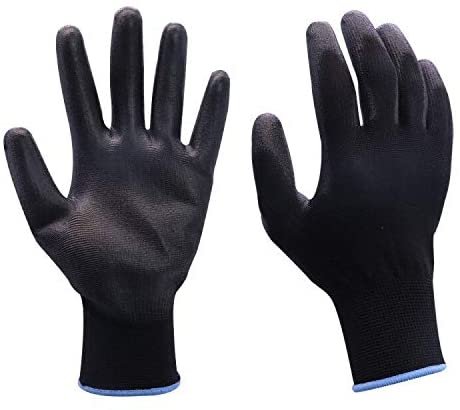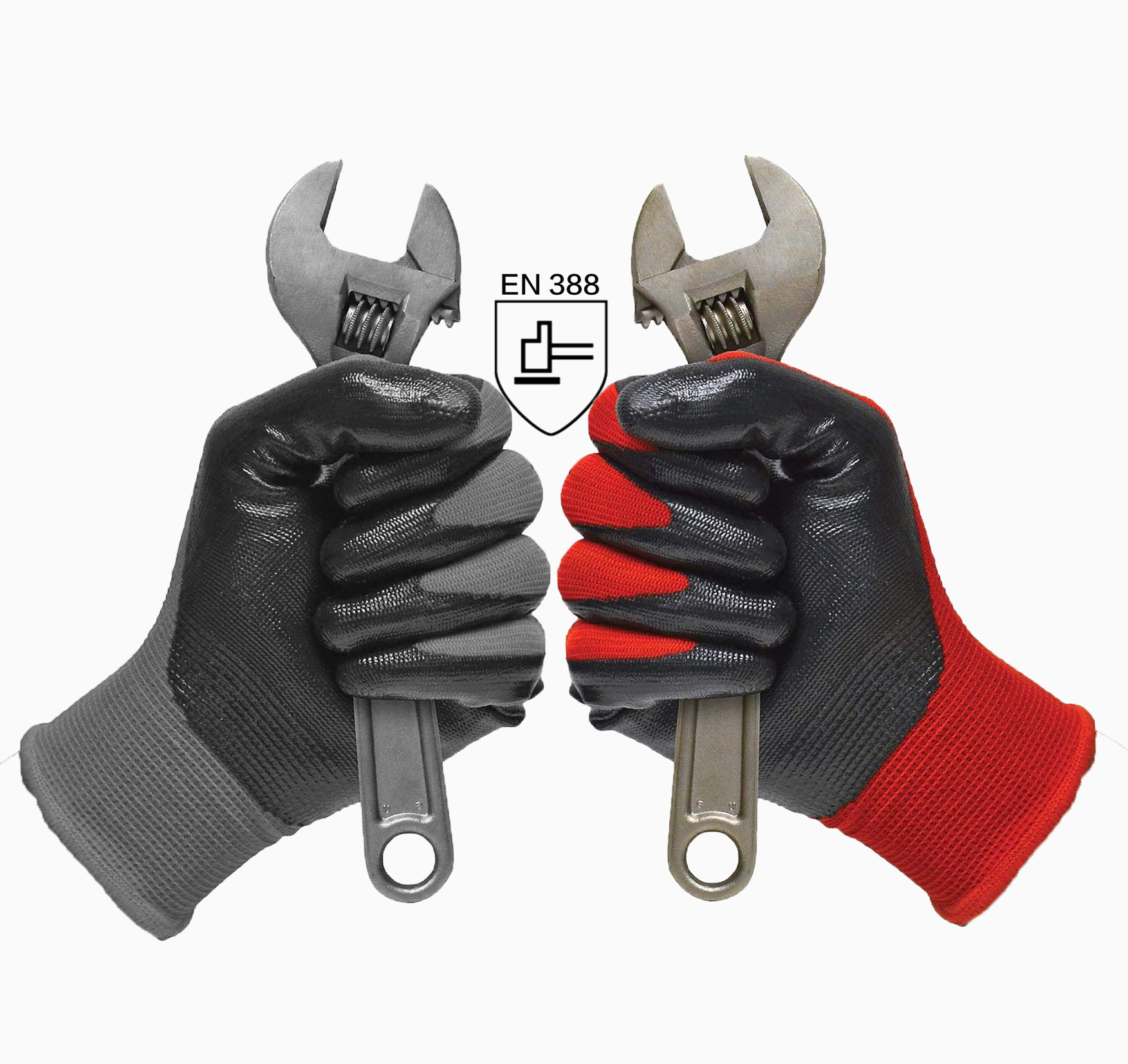Anyone that has ever been burnt will tell you to respect heat. Burns are one of the worst types of injuries. They don’t heal quickly, can be incredibly painful and in some cases, it can be a chore to keep the wound clean while it heals.
Often with burns, first comes fire. Fire can be incredibly dangerous in the right circumstances and because of this. Many companies now have stringent rules and regulations in place to limit risks.
While fires at work may not seem to be a problem you think will affect you, burn related injuries can be around any corner, especially in the Oil and Gas industries, Iron Working, Welding and more. In fact, the American Burn Association reported that approximately 486,000 people received medical treatment for burns in 2016.
Now the basics of putting out a fire (especially once you are on fire) should have already been covered when you were in elementary school. Stop, Drop and Roll are great recommendations for things to do once you’re already on fire but is there a way we can avoid it all-together?
As it turns out, there is. One of the most common ways to avoid burns is to stay away from hot things. Well that really isn’t an option for certain professions, so flame resistant and flame-retardant clothing rules became standardized for those industries. But what are they? What’s the difference? And how do they work? Is Fire Resistant better than Fire Retardant? Or Vice Versa? Let’s take a look.


Fire retardant clothing are composed of just about any material. That sounds odd but fire retardant anything is actually just an item coated in a chemical spray designed to limit a fire’s impact on the object.
Fire retardant chemicals are not as popular as they used to be due to some of them having toxic chemicals. Fire retardant chemicals are commonly used on plastics and furniture to help reduce the chance of fire spreading. Flame Resistant Chemicals have evolved to also provide other features such as stain guarding.
Flame Retardant Sprays Worth Trying:

Flame resistant clothing is made from fabrics that are inherently resistant to catching on fire. This means the flame-resistant material naturally deters fire. Unfortunately, many clothing lines have mixed materials, so you need to be careful when buying.
Flame resistant materials, while they can catch fire if exposed directly to a flame, are not likely to catch fire just from being near the fire. Also, should a fire-resistant material catch fire, the fire will have a hard time staying lit. Many of these materials will choke the fire, causing it to extinguish.
Flame retardant and flame-resistant clothing play an important role in many industries. From Oil and Gas all the way to the furniture manufacturing, fire retardant and resistant fabrics are a critical factor for engineers.
This is no exception when it comes to safety gear. Fire resistant/retardant safety vests, shirts and gloves are all examples of gear that has been designed or treated to provide users with an extra layer of protection from flame. Flame retardant/resistant clothing can be very safe but is not meant to be exposed to heat for a long amount of time.
While both flame resistant and flame-retardant methods both have their place in safety apparel and other industries, flame resistance is probably considered much safer than flame retardant alternatives. There have been many discussions about the toxic chemicals that can be found in flame retardants and their negative impact on our health, and even ecosystem.
The best solution to fire is to be careful to avoid it whenever possible in unsafe environments. In fact, even when in a safe environment, fires are dangerous and should always be closely monitored. Flame resistant and flame-retardant clothing, are only meant to keep you safe and prevent injury until you can move to a safe location, it doesn’t mean that you can stand in a fire.

Our flame retardant neck gaiter is confirm to US FR standard ,US FR standard, NFPA 70E & ASTM F 1959 , ARC RATING (ATPV) 12.0 CAL/CM2.
It protect people from fire hurt ,like Welding,Fire and rescue,Firefighter,Electrician,Lineman etc.
Welcome to our webiste : www.deli-wear.com



